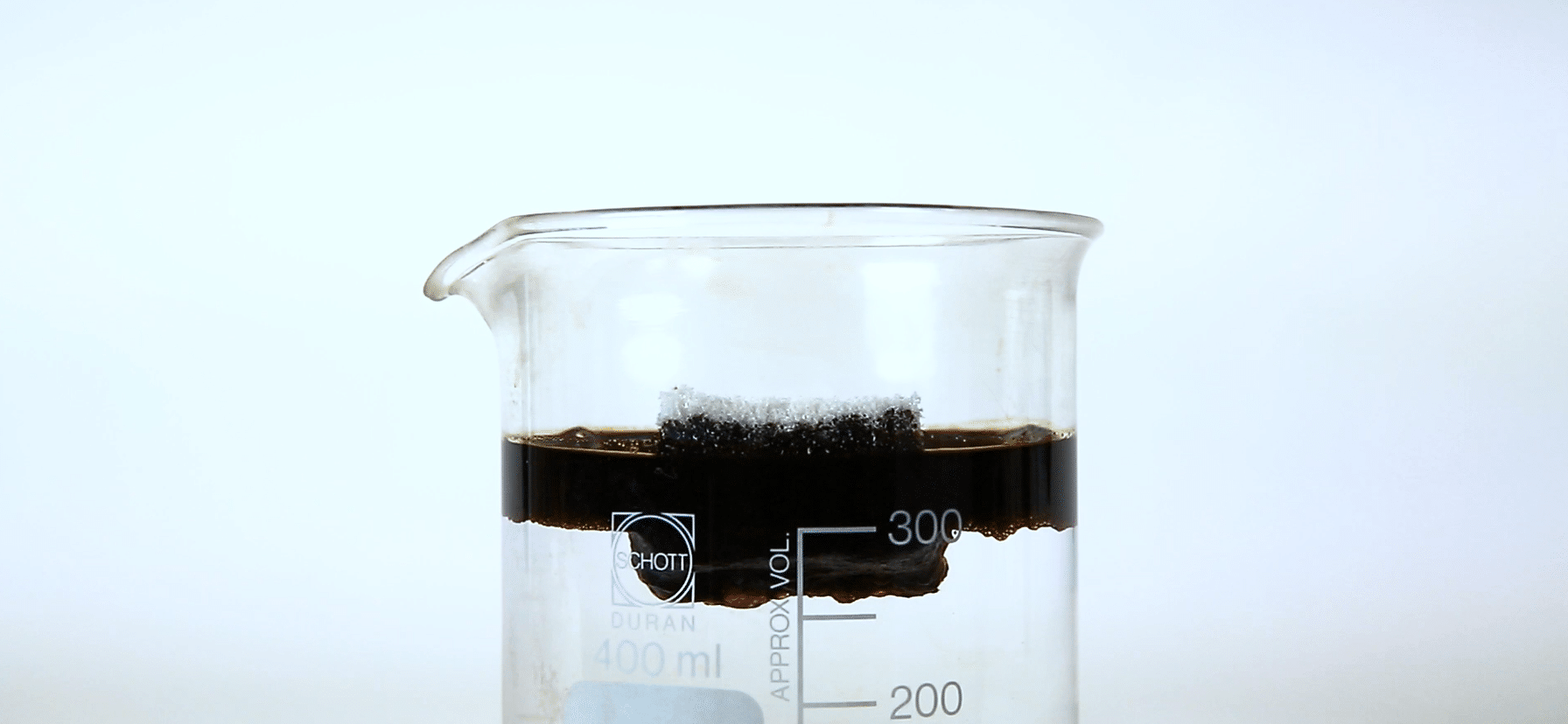One litre of oil is responsible for the pollution of about one million litres of water [1]. Oil spills occurring in rivers and seas are mainly caused by accidents involving oil tankers, pipelines, refineries, drilling rigs and storage facilities for exploration, extraction, drilling and production, and transport respectively. However, they also occur from pleasure boats in marinas. Such events are difficult to predict, with significant short- and long-term effects on marine and coastal ecosystems.
The total volume of oil dispersed into the environment from tanker spills in 2022 was about 15,000 tonnes [2]. In 2022, there were three large spills (>700 tonnes) in Asia and Africa and four medium spills (7-700 tonnes) in North America, Asia and Africa.
These figures are comparable to those of 2010 (the year coinciding with the disaster in the Gulf of Mexico), i.e. they report a sharp reduction compared to the numbers of previous decades.
To help restore oil spills, it is crucial to clean up the affected area quickly and efficiently. However, existing options that include polypropylene absorbent cloths, mechanical tools such as skimmers and chemical agents, do not completely solve the problem because:
- they do not completely collect the spilled product (about 20 per cent oil absorbed),
- they are toxic to the environment,
- they are inapplicable in many conditions (e.g. mixed oils, presence of debris) or
- they cannot be used more than once.
Consider that during the clean-up activities following the Deep Water Horizon accident (2010), only 3% of the oil was removed by skimmers.
The costs of oil spills are considerable, both in economic and ecological terms, and one of the industries most affected is the fishing industry, as major oil spills are often followed by the immediate cessation of commercial fishing.
The global oil spill management market is expected to exhibit a CAGR of 3.17% between 2021 and 2029, from a value of USD 147.53 billion in 2021, to USD 189.37 billion by 2029. Post-oil spill management, i.e. Test1’s target market, has a total value of EUR 21.5 billion (2021)[3].
This is the background to the proposal of Test1, which is an innovative SME, a non-profit company, participating in Faros Accelerator, a Blue Economy acceleration programme promoted by Cassa Depositi e Prestiti. It is active in the supply of open-cell polyurethane absorbent sponge material (FoamFlex200), used as a quick and effective oil recovery solution. The solution is patented.
None of the existing technologies possess all the features that Foamflex200 combines:
- absorption of hydrocarbons and derivatives up to 30 times its weight, with complete saturation in a couple of minutes, with only 5% water absorption,
- reusability up to 200 times through wringing
- operation in all water basins and under all conditions (e.g. waves, presence of debris)
- customisation: the product can be tailored to requirements without losing its capabilities
- ease of use: less training is required for correct use than for existing systems.
All these characteristics have been the subject of technical certification tests at Eni S.p.A., through various use cases (e.g. laboratory, in tanks or under real conditions in Nigeria).
Foamflex200 therefore makes it possible to transform the costly and ineffective operation of oil spill recovery into a highly effective one, even generating an economic gain for the body responsible for the damage thanks to the recovered oil, as well as a significant reduction in the amount of absorbent product to be disposed of.
Over the past four years, Test1 has worked to establish direct connections with major oil companies, shipping companies and industrial companies for the supply of the product, which has reached such an advanced stage of development that it can be fully commercialised.
In 2023-2024, the engineering of the hydrocarbon collection system for large and offshore spills is planned.
The high performance of FoamFlex200 has led the company to expand its field of application in the industrial sector, in particular for the treatment of oily residues produced by compressed air systems, a treatment that is now realised with polypropylene.
Determining the potential of this market is also the general regulatory framework: responding to environmental damage caused by oil spills is a priority for the European Union, the international community and local governments, in order to safeguard biodiversity and preserve the marine ecosystem. The Blue Economy sector [4], in which Test1 fits in, is indeed extremely important for achieving the ambitions of the EU Green Deal[5].
Over the past five years (2018-2022), transactions in the Blue Economy have increased by 200%. Seed rounds account for 20% of all transactions, followed by acquisitions (16%)[6].
Regulatory sources on managing oil spills at sea are both national and international: the latter tend to provide general guidelines and principles, while national ones are often more specific and restrictive. For instance, international agreements such as the 1992 London Convention for the Prevention of Pollution from Ships (MARPOL)[7], sets the standard that oil tankers above a certain size and tonnage are obliged to have an approved ‘Oil Pollution Emergency Plan’ (SOPEP) on board.
The major oil companies themselves, on the other hand, are increasingly committed to achieving environmental and safety goals in line with the ESG set forth in the UN 2030 Agenda. FoamFlex200 represents a significant innovation in oil spill management, serving a market that has not seen significant innovation compared to the state of the art and conveys high operating costs correlated with low performance.




